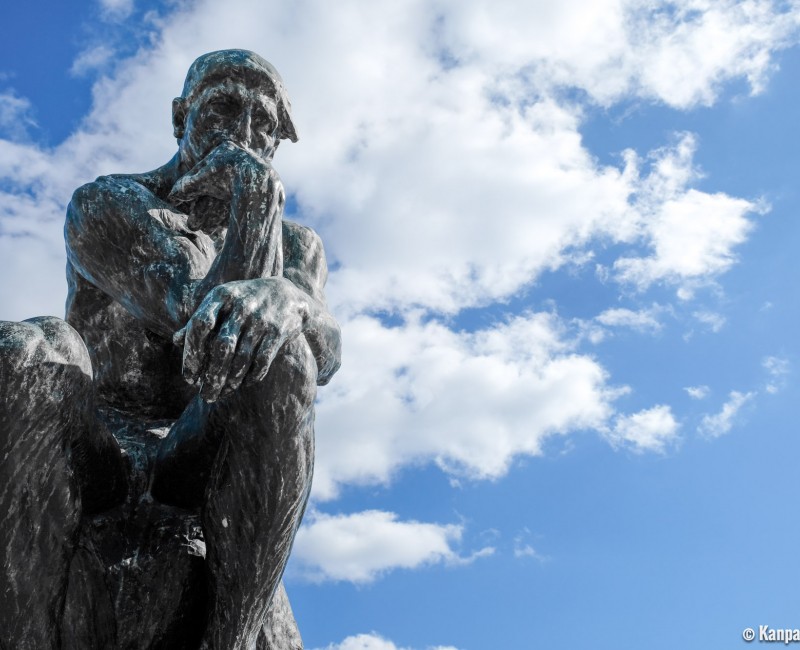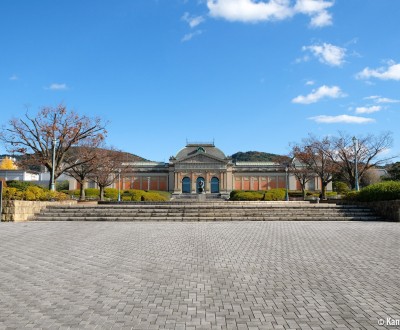Kyoto National Museum
A Collection of More Than 6,000 Sacred Treasures
Kyoto National Museum is a museum complex encompassing two exhibition halls and a garden, located in the south-east of the former imperial city. Dedicated to Japanese history, it is also famous for sheltering the original statues and artworks of several Kyoto’s temples and shrines as a part of its function in a wider art conservation policy.
Built in 1895, Kyoto National Museum opened to the public in 1897. Today, two main buildings are used for exhibitions :
- Meiji-Kotokan, the oldest one, characterized by its red bricks, hosts temporary exhibitions ;
- Heisei-Chishinkan, recently inaugurated (in 2014) is the contemporary architecture hall where permanent collections are displayed.
The contrast between the two edifices is striking and their opposite styles are testimony of one century of architectural evolution. The initial building, designed by Takayama Tokuma, architect of the Imperial Household, characteristically reminds of the Renaissance Revival architectural style that spread in 19th century Europe. At the time, Japan just opened to the world and Western and European architecture styles were in fashion, a trend that was thus reflected on the Meiji-Kotokan, also designed an Important Cultural Asset in 1964.
Heisei-Chishinkan is a chef-d’œuvre of modern architecture and was created by architect Taniguchi Yoshio, who also worked on 2004 MOMA‘s renovation in New-York and designed the façade of Ginza Six in Tokyo.

Exhibitions focused on Japanese arts
The museum hosts various exhibitions along the year, that frequently feature Kyoto’s art and history. For example, in 2017, for its 120th anniversary, the museum exhibited a large part of 16th century painter Kaiho Yusho, who is famous for the decorations of Kennin-ji temple, the oldest Zen temple in the city. Note that taking pictures inside is forbidden.
At Heisei-Chishinkan’s ground floor, the permanent collection displays several original paintings and sculptures from several Buddhist or Shintoist places of worship in Kyoto. The artworks were collected for preservation purpose, such as the original guardian statues of Otagi-Nebutsuji temple, exposed inside the museum, the guardian statues at the entrance of the temple being reproductions.
In low touristic season, generally in winter, the museum undergoes maintenance works and closes its exhibitions halls. Only the outdoor spaces are accessible to the public, with a reduced fee. The garden is nonetheless interesting as it displays a couple of beautiful artworks, such as statues, foundation stones of important places, but also one of the twenty-one statues of Auguste Rodin’s Le Penseur (The Thinker) in the world. The latest is a bit surprising given the very Japanese environment of art objects, but in the end, when taking a few steps back from the fountain, it is still in harmony with the French architectural style of Meiji-Kotokan.
This museum is a must-see for every Japanese art and history amateur. The number of artworks displayed, as well as the architectural beauty of the complex will undoubtedly charm visitors. It can be combined with a visit of Sanjusangen-do temple, located a few meters away.

